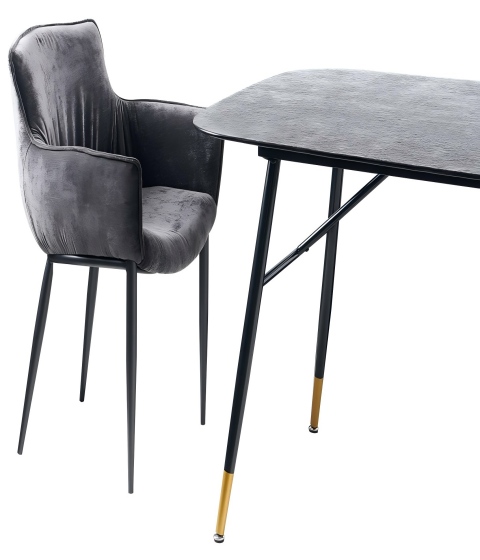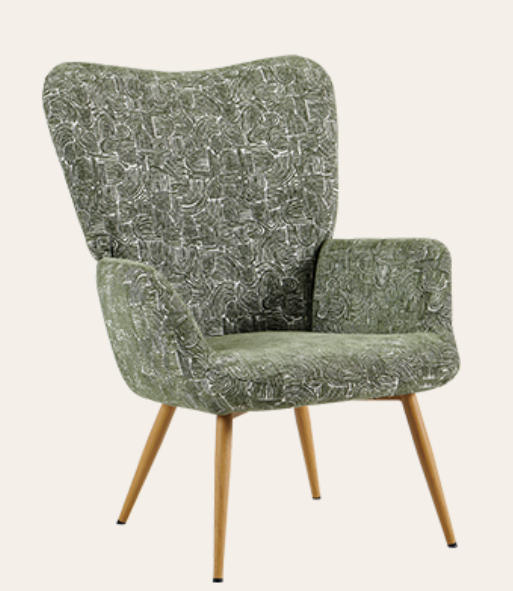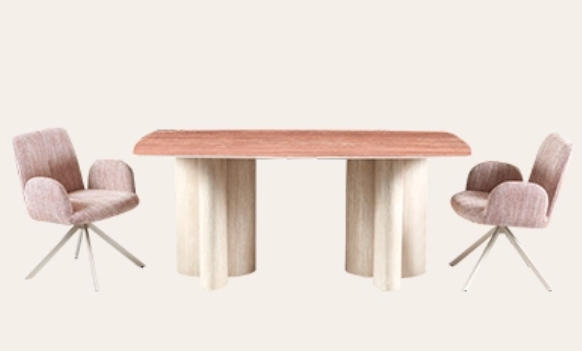The Buyer’s Guide to Chinese Furniture: Wholesale & Retail Insights

Hey there, if you’re diving into the world of furniture shopping – whether you’re outfitting a cozy apartment or stocking up for a retail gig – you’ve probably heard the buzz about Chinese furniture. It’s everywhere, right? Affordable, diverse, and often surprisingly high-quality. But let’s face it, navigating this market can feel like wandering through a massive warehouse blindfolded. That’s why I’m putting together this buyer’s guide. We’ll break down the wholesale and retail sides, share some real-world tips, and help you make smarter choices. Stick around; by the end, you’ll feel like a pro.
Why Chinese Furniture Stands Out
First off, what makes Chinese furniture such a big deal? Well, China produces over half the world’s furniture – yeah, that’s a stat from industry reports I’ve seen floating around. It’s not just about volume; it’s the mix of traditional craftsmanship with modern manufacturing that hooks people. Think about it: you can grab a solid wood dining table that looks like it came from a high-end boutique, but at a price that doesn’t break the bank.
Take dining tables, for instance. They’re a staple in any home. Chinese makers often use materials like MDF with natural paper veneer or straight-up solid oak. These pieces resist warping in humid spots – handy if you’re in a coastal area. Or chairs: from woven designs in solid wood to upholstered ones with PU fabric. They’re built tough, with features like stain-resistant seats that handle spills from family dinners without a fuss.
But here’s a little side note – I once helped a friend source furniture for his short-term rental biz. He went Chinese wholesale and saved a bundle, but learned the hard way about checking material specs. Don’t skip that step; it saves headaches later.
The Appeal for Wholesale Buyers
If you’re buying in bulk – say, for a hotel or online store – wholesale is your jam. Chinese suppliers crank out everything from extendable rectangular dining tables (like ones that go from 6 to 10 seats) to modern round ones with triple legs for stability. Prices? Often 30-50% lower than Western equivalents, based on what exporters quote. And customization? It’s huge. Want a coffee table with a glass top and wooden base? No problem – they adapt fast.
Retail folks, though – you might pay a tad more, but you get smaller quantities and quicker shipping. It’s perfect for testing the waters without committing to a container load.
Wholesale vs. Retail: Breaking It Down
Alright, let’s get practical. Wholesale and retail aren’t just labels; they shape how you buy, what you pay, and the risks involved. Here’s a quick table to compare – I find these helpful for visualizing stuff.
|
Aspect |
Wholesale Insights |
Retail Insights |
|
Pricing |
Bulk discounts kick in; expect 40-60% off retail prices. But minimum orders (MOQs) can be 50-100 pieces per item. |
Higher per-unit cost, but no MOQs. Great for one-offs or small shops. |
|
Quality Control |
You handle inspections or hire third parties. Factories often certify for durability, like scratch-resistant finishes. |
Suppliers usually pre-vet; easier returns if something’s off. |
|
Lead Times |
4-8 weeks for production, plus shipping. Plan ahead for seasonal rushes. |
Faster – often 2-4 weeks, especially from stocked warehouses. |
|
Customization |
Sky’s the limit: change woods, fabrics, sizes. Think ash wood chairs in custom stains. |
Limited; what you see is what you get, but some tweaks possible. |
|
Risks |
Currency fluctuations or delays from ports. Use trade assurance platforms to mitigate. |
Fewer risks, but markups eat into profits if reselling. |
See? Wholesale suits big players looking to scale, while retail keeps things simple for everyday shoppers. I’ve chatted with wholesalers who swear by building relationships – one guy told me he visits factories yearly to ensure consistent quality. It’s not glamorous, but it pays off.
Hidden Costs You Might Miss
Don’t forget shipping and tariffs. For U.S. buyers, duties on furniture can hit 5-10%, depending on the category. And containers? A 40-foot one might cost $5,000-$10,000 to ship from China these days, post-pandemic hikes. Factor that in, or you’ll be surprised.
Popular Categories in Chinese Furniture

Chinese furniture covers a ton of ground, but let’s zoom in on hot sellers. Based on what I’ve seen in exporter catalogs, tables and desks lead the pack.
- Dining Tables: Go for semi-circular ones like those with MDF cores – they seat 4-6 snugly against walls. Or round versions with tapered legs for that modern vibe. Extendables are gold for flexible spaces; one model expands seamlessly without visible panels.
- Coffee Tables: Oval shapes with metallic bases or glass tops on wood. They’re versatile – pair a white lacquer one with pastels for a fresh look, or walnut with brass for drama. Easy to clean, too.
- Chairs and Benches: Solid wood options shine here. Woven dining chairs in dark frames add texture; armless modern ones in light ash feel airy. Upholstered seats in linen or leather resist stains – think emerald green cushions on black lacquer frames.
Sofas and panel furniture? They’re growing fast. Panel stuff like shelves or MDF tables with tempered glass tops offer affordability without skimping on style. Sofas come in upholstered fabrics, built for lounging.
Picture this: You’re setting up a living room. A glass-top coffee table reflects light, making the space feel bigger. Add dark ash wood chairs around a round dining table – boom, instant cohesion. It’s these combos that make Chinese pieces so adaptable.
Oh, and a quick tangent – I remember browsing a factory site once and getting lost in the options. It’s overwhelming, but exciting if you love design.
Sourcing Tips from the Trenches
Sourcing isn’t rocket science, but it takes smarts. Start with verified suppliers – look for those with export experience to Europe, Australia, or the U.S. Check product details: for a dining chair, confirm seat depth (around 45cm) and backrest height (95cm) for comfort.
Negotiate? Absolutely. Wholesalers often flex on prices for repeat business. And samples – always order them. It costs a bit upfront but avoids disasters.
For retail, online platforms are easy, but read reviews. One tip: Search for “Chinese furniture wholesale insights” to find forums where buyers share war stories.
Quality varies, sure. But top suppliers use eco-friendly lacquers and sustainable woods like oak or bamboo. They test for stability – no wobbly legs here.
If you’re new, start small. Buy a set of modern wood chairs and see how they hold up. My buddy did that for his cafe; now he’s all-in on Chinese imports.
Introducing Forest Furniture as Your Reliable Partner

Speaking of reliable players, let’s talk about Forest Furniture. As a key Chinese furniture supplier, they’re all about blending manufacturing muscle with export savvy. Headquartered in Tianjin, they’ve got factories dotted across northern China, churning out solid wood pieces like dining tables and chairs, plus upholstered stuff and panel furniture.
What sets them apart? Their range covers everything from extendable rectangular tables to woven chairs and glass-top coffee tables. They’re big on quality – think scratch-resistant finishes and sturdy builds. They work with retailers, wholesalers, and even hotel suppliers worldwide, from Europe to Southeast Asia. If you’re hunting for partners who prioritize sustainable growth and innovation, Forest is worth a look. Check their site for categories like table-desk or chair-bench – it’s straightforward and packed with options.
Conclusion
Wrapping this up, the buyer’s guide to Chinese furniture boils down to knowing your needs – wholesale for scale, retail for ease. With insights into categories, costs, and tips, you’re set to score deals that fit your space and budget. Chinese pieces offer that sweet spot of style, durability, and value. Dive in, experiment, and watch your home or business transform. It’s a market full of gems if you shop smart.
FAQs
What should I look for in the buyer’s guide to Chinese furniture when choosing wholesale options?
In the buyer’s guide to Chinese furniture, focus on MOQs, material specs like solid oak vs. MDF, and supplier certifications. Wholesale insights suggest checking lead times and customization – it can save you big on bulk buys.
How do retail insights differ from wholesale in the Chinese furniture market?
Retail insights emphasize quick access and smaller quantities, ideal for individual shoppers. Unlike wholesale, where you get deeper discounts but longer waits, retail keeps it simple with pre-stocked items.
Is Chinese furniture durable enough for daily use, per wholesale and retail insights?
Absolutely. Many pieces feature warp-resistant MDF or solid woods with matte finishes. From my experience, they hold up well – think chairs with stain-resistant upholstery that handle family life without issues.
What’s the best way to source Chinese furniture based on the buyer’s guide?
Start with verified exporters. Use wholesale for bulk savings or retail for testing. Insights show building relationships leads to better deals; always order samples to verify quality.

